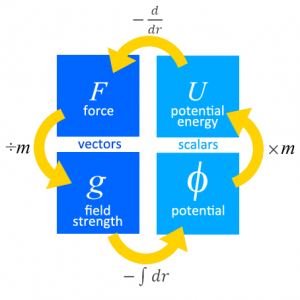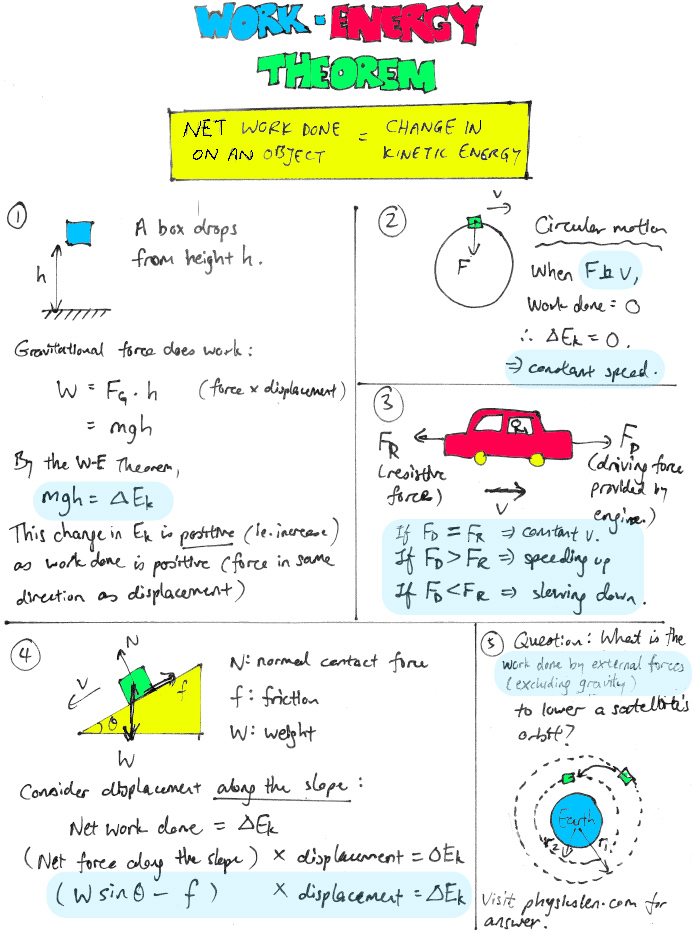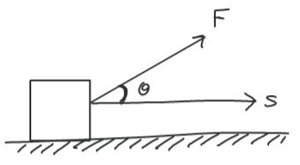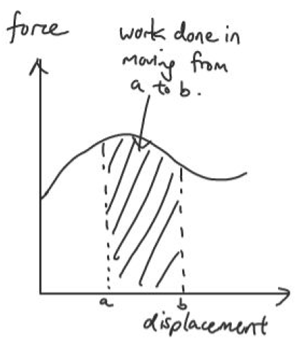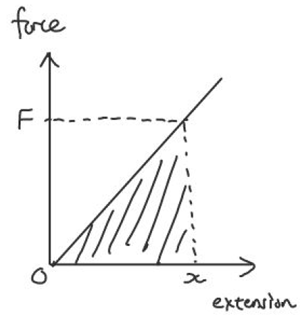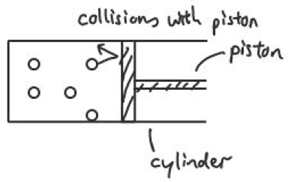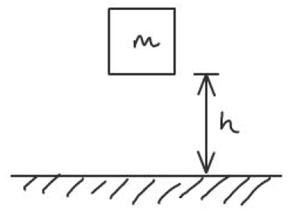This is a game that I play with my classes in the beginning of the course after they have attended the first lecture on base units. It serves as an ice-breaker since this is usually when I first meet them, as well as a recap of what they have learnt.
The rules are stated in the slideshow.
1. Each student is assigned a base unit out of 3 possible ones, kg, m, s. Note that the other 4 base units, A, mol, K and cd are not given because they will be covered in later topics.
2. For a class of 25, the following distribution is recommended:
a. kg – 5
b. m – 10
c. s – 10
3. Students will be asked to form groups when shown a Physical Quantity. Those with a negative power, e.g. the two “seconds” in kg m s–2, will have to sit/squat down.
4. Students who did not form a group will be ousted and the last few left in the game will win prizes.
Download Measurement Game
Like this:
Like Loading...
